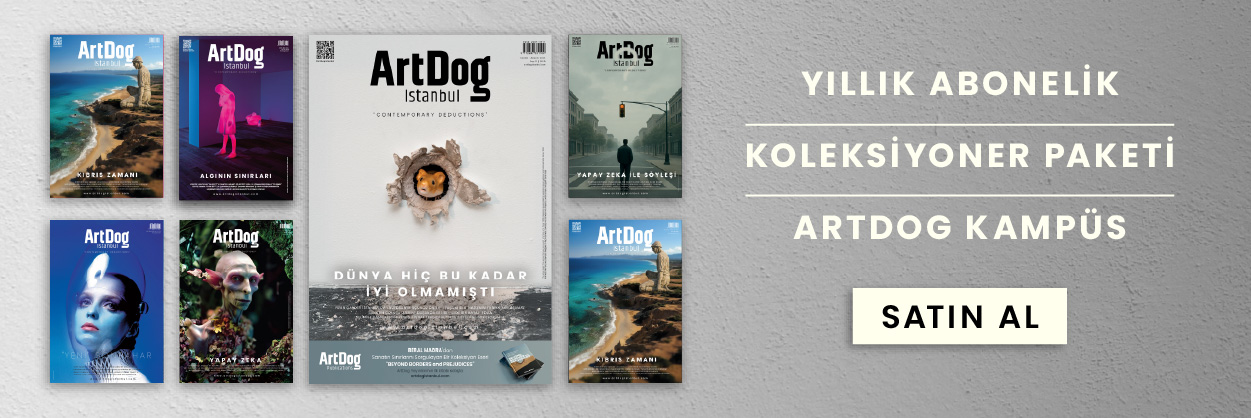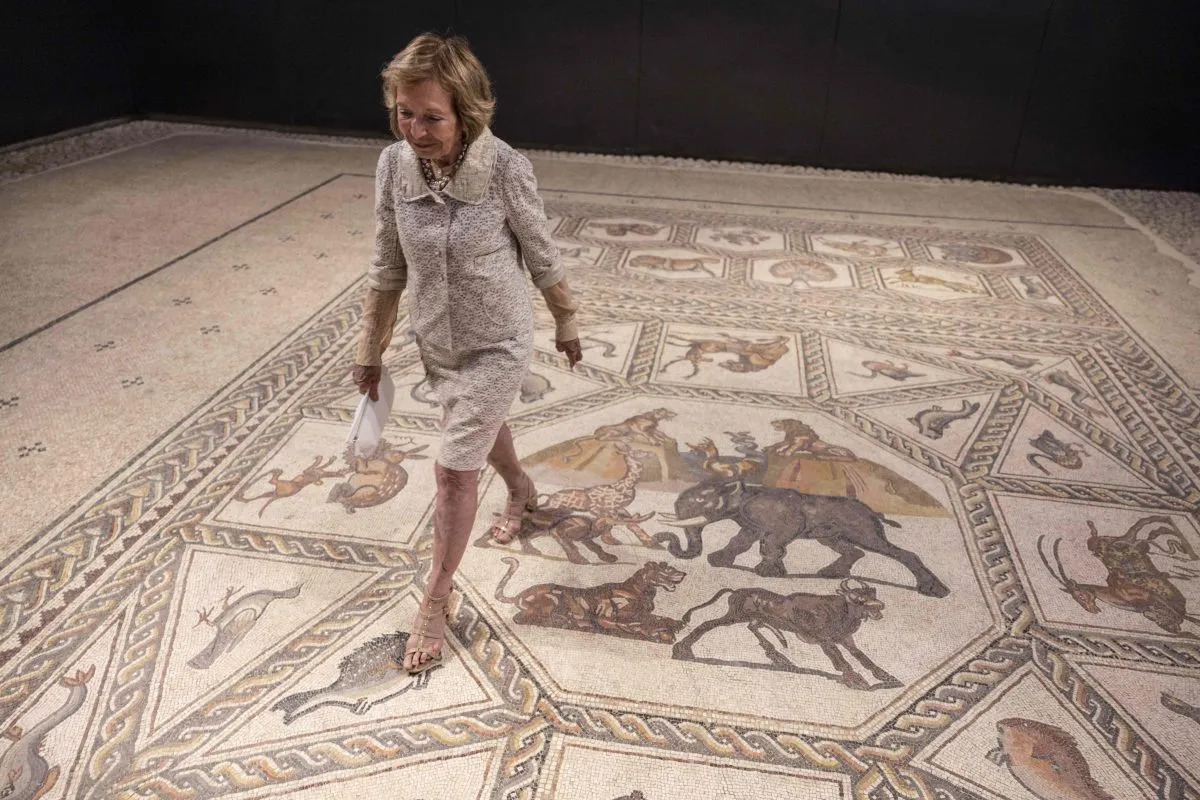The British Museum has received a remarkable donation of Chinese ceramics valued at £1 billion ($1.27 billion), marking what is likely the largest art donation ever given to a UK museum.
The collection, which includes 1,700 pieces such as a Ming Dynasty wine cup painted with chickens, was donated by the trustees of the Sir Percival David Foundation. Since 2009, the collection has been on long-term loan to the museum and displayed in a dedicated gallery. High-value art donations are rare in the UK, and the last major gift to the British Museum was a bequest worth £123 million ($156 million) from a late trustee.
Nicholas Cullinan, director of the British Museum, called the Percival ceramics “an incomparable private collection.” He added, “These celebrated objects add a special dimension to our own collection and together offer scholars, researchers and visitors around the world the incredible opportunity to study and enjoy the very best examples of Chinese craftsmanship anywhere in existence.”

Percival David, born in 1892 in Bombay (now Mumbai), came from a wealthy Jewish family with Iranian roots. He inherited the title of baron and the family’s profitable textile and banking businesses. After moving to London in 1914, David’s passion for Chinese art grew after acquiring a small number of ceramics. Over time, he traveled across Europe, Japan, Hong Kong, and China, adding to his collection. Notably, in 1924, he visited Beijing and helped restore a building to house the Imperial collection. By 1927, he became an adviser to China’s National Palace Museums.
According to the trustees of the Sir Percival David Foundation, before his death in 1964, David expressed a wish to share his collection with the public.
George Osborne, the British Museum’s chairman, stated that the gift was “a real vote of confidence” in the museum’s future as it begins its “most significant cultural redevelopment.”
The British Museum is still addressing a 2023 controversy over 1,500 works identified as lost or stolen from its collection. Some of the objects have been returned, and the museum has filed a lawsuit against a former curator accused of stealing artifacts over a 30-year period.







